Candle making has its moments of frustrations, and many of our makers have commented on the need to test and trial to get the perfect result. See some of our frequently asked candle making questions below;
Why does my candle have cracks in it?
There are lots of variables in candle making, so as any chandler will tell you, product results can vary from batch to batch, and cracking can be a common occurrence, especially in the cooler months. The type of dye, vessel and temperature can all have an impact.
Why does my candle have white lines after it's been produced?
This can happen either when your vessel or wax is too cold. To prevent these ‘jump lines’, try warming your vessel first or pouring the wax at a slightly higher temperature.
How do I prevent air bubbles in candles?
Like jump lines, air bubbles are often the consequence of a cold vessel. Whilst it can be tricky to achieve this, heating the vessel to around 70 degrees Celsius is a great way to prevent air bubbles.
Why does my re-pour layer not blend into my first pour?
This can sometimes happen due to the second pour being too cool. If possible, aim to pour the re-pour only a couple of degrees lower than the original.
From an appearance perspective, it’s also important to complete the re-pour layer whilst the candle is still warm and not yet fully hardened.
Why does my candle smoke while being burnt?
In our experience, this is usually due to the wick being too large or too much fragrance oil having been added to the wax.
If you are confident that you are using the correct size wick (good melt pool, steady even flame) and have used the correct amount of fragrance oil, it may be that your wick is too long. Always ensure the wick is trimmed to half a cm tall before each burn to avoid this.
How do I keep my wick up-right while pouring?
Our adjustable wick holders are a great way to keep your wick in place.
Why is there leftover wax on the side of the container?
It is possible that the candle was not burnt long enough on its first burn. It is vital to ensure you allow the candle to burn for 1 hour per 1 inch (2.5cm) diameter of the actual candle during its first burn for a maximum of four hours.
This will ensure the candle can burn correctly on subsequent burns, otherwise a tunnelling effect is likely to occur resulting in leftover wax remaining on the side of the container. If you are unable to achieve a full burn pool when burning for the required length of time on the first burn, you may require a larger wick to resolve this problem.
Want ongoing support?
Our Resource Centre is a knowledge base of helpful advice that covers many more FAQ’s in greater depth as well as covering the broader scope of home fragrance products.
We’ve established a Facebook group for candle makers to share their questions and advice on candle making and recommend joining to benefit from the collective insights of the group - you can join here.


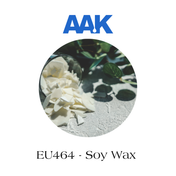
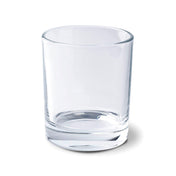
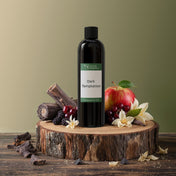
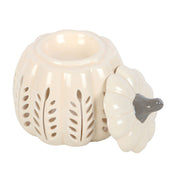
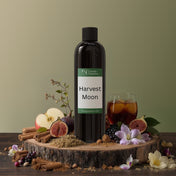



1 comment
Hi ..
I tried granular soywax and flake soy wax from two different supplier before, at the beginning every thing was good but after few days or weeks the candle sometimes become yellow even if I used color with it or no , and even if i didn’t use vanilla Scent, and Sometimes it’s become like a white layer on the candle, I still don’t know why is it from the wax brand ? i dont think it was from the Scents because I tried without it also , and the color also , and I tried Different temperatures for Melting and pouring ، even the room it was with no windows and strong light, and the AC was On Mostly, and I asked Many Candles Makers from all the world and they did not see this problem before, even the suppliers they dont know about this problem and they see it for the first time like they said ..
So am so confused.. i waste all my money on the wax this year , i didint start my business because of this problem..
So Based on your experience , Maybe you know What is the reason that led to this result? and the Solution I hope ..
I will be thankful to get your reply
Dana
———
NI Candle Supplies LTD replied:
Thanks for your comment Dana, it sounds like you are experiencing frosting on the candles. Without photos, it is a bit hard to know for sure so if you can email us at suppport@nicandlesupplies.co.uk with photos; we will be able to provide a better idea. The yellowing is usually caused by vanillin in the scent, it may be present even if it is not a vanilla scent; as it is a common note in fragrances. Using tins can also cause yellowing, although I am not sure if you have used these or not. As mentioned, the best thing is to email us with more information and photos and we will do our best to assist further.